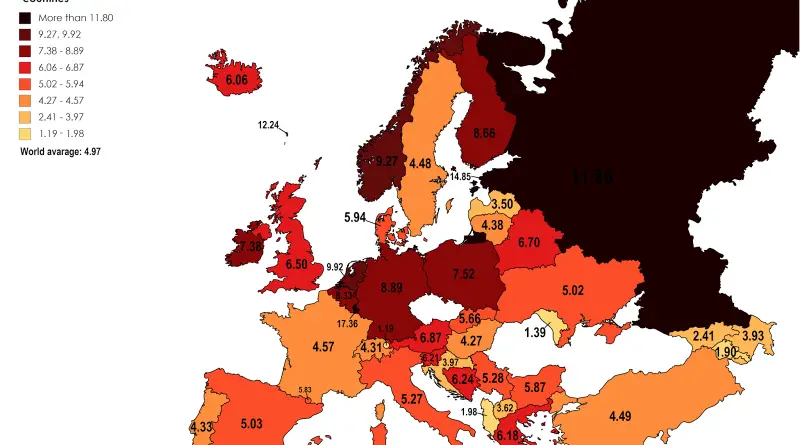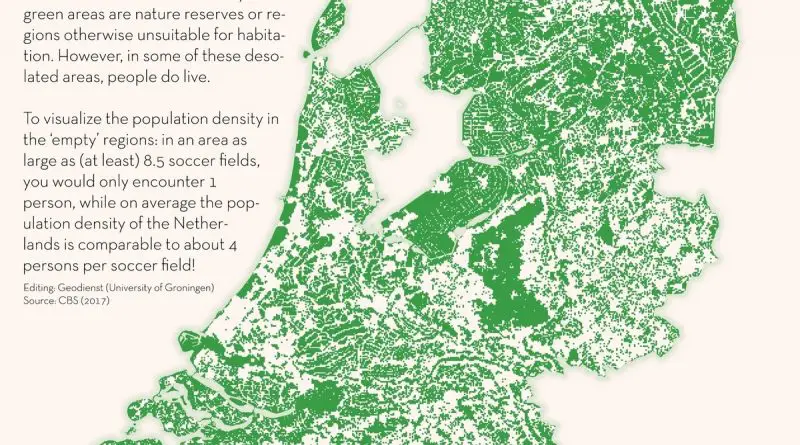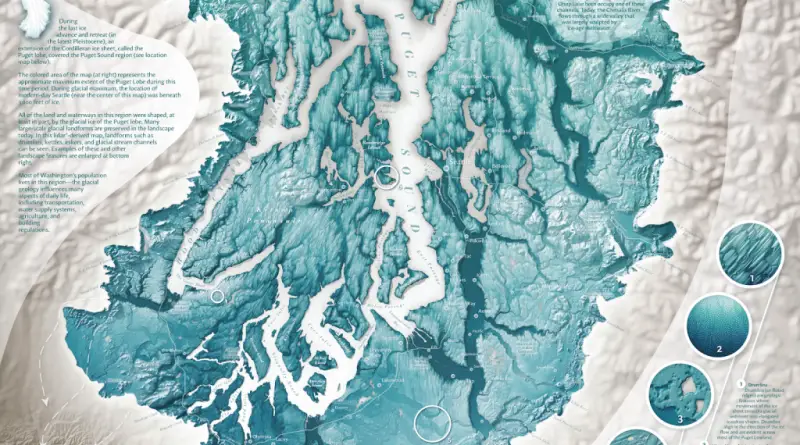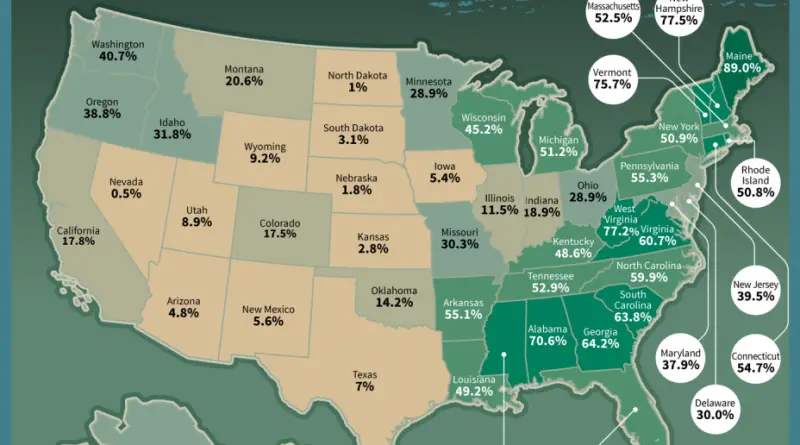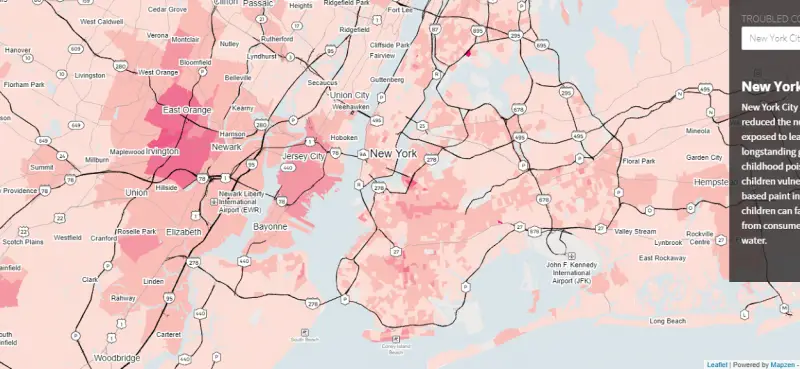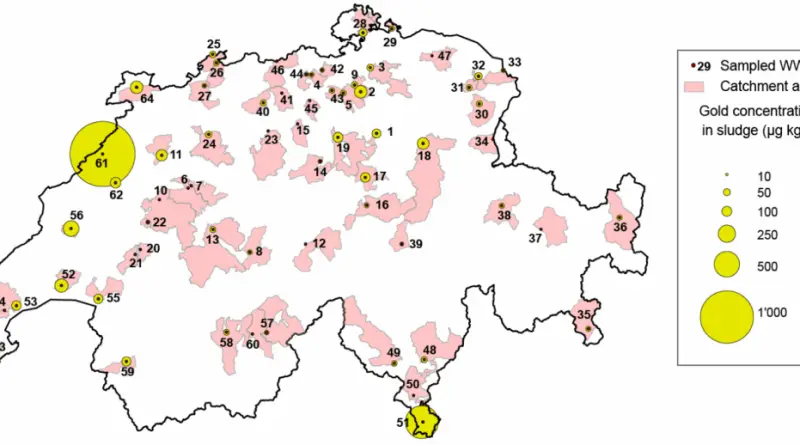The Barriers that Protect the Netherlands
Discover how the Dutch protect one‑third of their country below sea level. This post covers Rijkswaterstaat’s role, key movable barriers, dunes, dikes, and climate‑future plans—with a detailed map we made using Rijkswaterstaat open data and elevation models.
Read More

